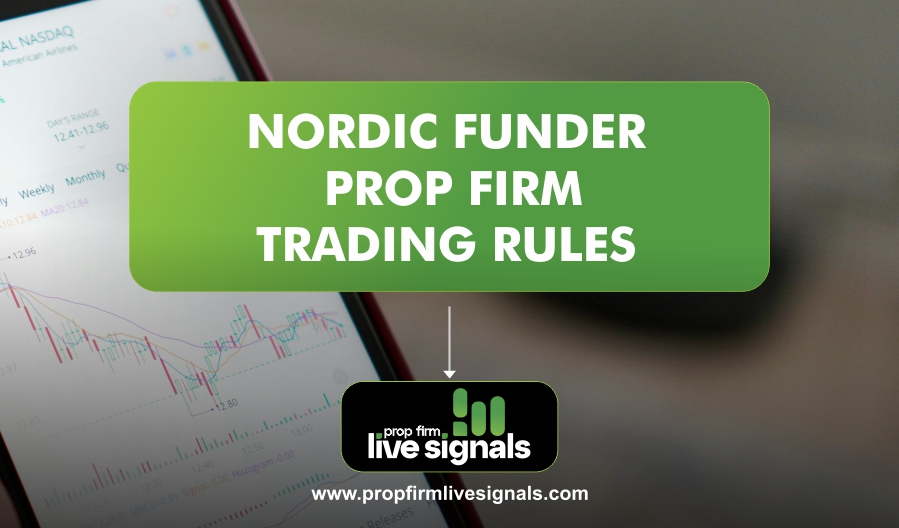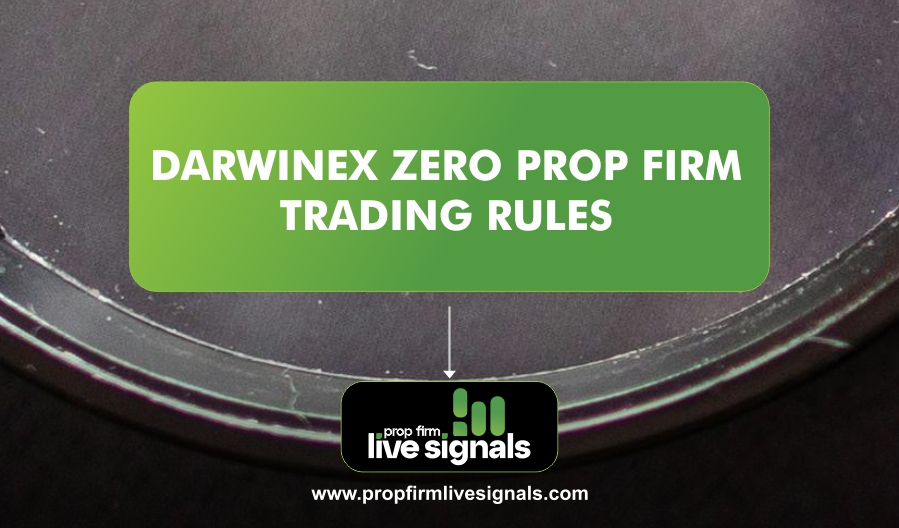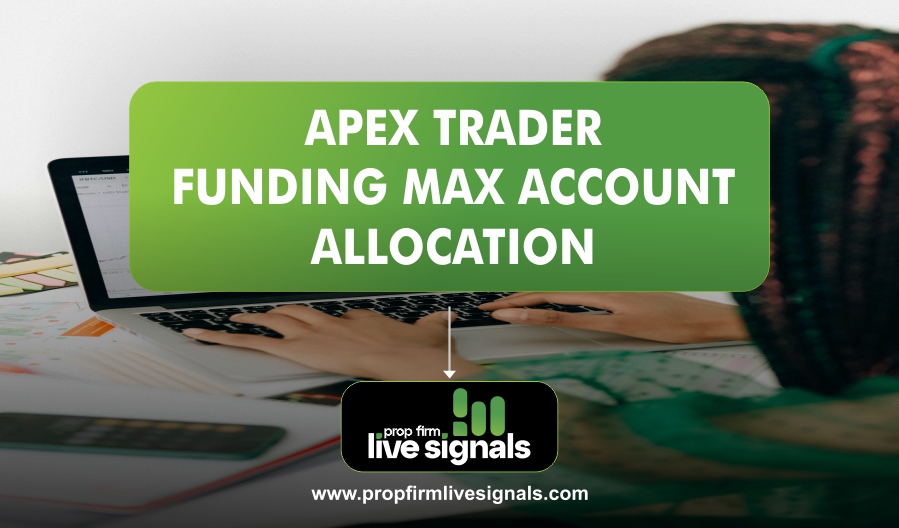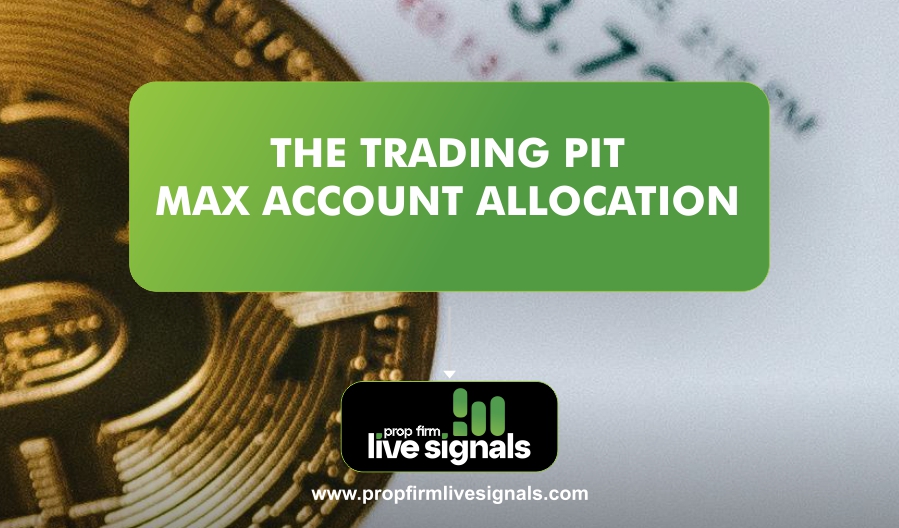What is a Prop Firm?
A proprietary trading firm, often abbreviated as prop firm, is a financial organization that provides traders with capital to trade on their behalf. Unlike traditional investment firms or banks, prop firms do not manage external client funds but instead use their own capital to generate returns. Traders employed by these firms are given a portion of the profits they generate in exchange for a share of their earnings.
Prop firms typically offer various financial products for trading, including stocks, forex, commodities, and cryptocurrencies. These firms also provide traders with the necessary tools, software, and sometimes even training to help them succeed in their trades.
How Do Nordic Prop Firms Operate?
Nordic prop firms operate under similar guidelines to other prop firms worldwide. However, there are certain nuances specific to the Nordic region, driven by regional laws, market conditions, and trading culture.
- Funding – Traders are given capital to trade with, which they do not need to pay back if they follow the rules.
- Profit Sharing – Traders keep a percentage of the profits generated from their trades, with the remaining portion going to the prop firm.
Nordic Funder Trading Rules that govern trading activities are essential for maintaining risk control, profitability, and ensuring the sustainability of the trading business for both the trader and the firm.
Nordic Funder Trading Rules
1. Risk Management Rules
One of the most important aspects of prop firm trading is risk management. Nordic prop firms have strict risk management rules to protect the firm’s capital and ensure traders do not over-leverage or take excessive risks. These rules are typically enforced through:
- Maximum Drawdown: A drawdown refers to the peak-to-trough decline in an account balance. Prop firms set a maximum drawdown percentage (e.g., 5%-10%) to limit how much of the firm’s capital a trader can lose during a certain period.
- Daily Loss Limits: Traders are often given daily loss limits, which restrict how much they can lose in a single trading day. If this limit is breached, the trader may be disqualified or suspended from trading.
- Position Sizing: Traders must adhere to position sizing limits to avoid risking too much capital on one trade. Position sizes are often adjusted based on volatility and account size.
2. Trading Time Restrictions
While prop firms are generally flexible with the types of trades a trader can execute, they may impose certain time restrictions. For example:
- Trading Hours: Some Nordic prop firms might only allow traders to trade during specific hours when the markets are most liquid. For example, they may restrict trading to the London and New York session in Forex.
- Trade Frequency: Certain firms may set a limit on the number of trades a trader can execute per day or week, especially for intraday trading. This is to ensure that traders aren’t over-trading and risking too much capital.
3. Profit Sharing and Payouts
The profit-sharing model in Nordic prop firms is typically based on performance. Traders receive a share of the profits they generate. The most common split is 50/50, although this can vary depending on the firm’s policies.
For example:
- Profit Sharing Example: If a trader generates $10,000 in profit, and the agreement is a 50/50 split, the trader would receive $5,000 as their payout.
Prop firms may also have specific payout schedules, such as weekly, monthly, or quarterly. Additionally, some firms may have minimum profit thresholds before a trader can request a payout.
4. Trading Strategies and Allowed Instruments
Nordic funder prop firms often allow traders to implement a wide variety of trading strategies, including:
- Scalping: Rapid buying and selling to make small profits over short periods.
- Swing Trading: Taking positions with the expectation that they will appreciate in value over a medium timeframe.
- Trend Following: Identifying and trading in the direction of long-term market trends.
Each firm may have its own set of instruments allowed for trading, such as stocks, forex pairs, futures, or commodities. Some Nordic prop firms also support cryptocurrency trading, given the growing interest in digital assets.
5. Evaluation Process
To qualify for funding from Nordic prop firms, traders typically go through an evaluation or challenge period. The evaluation process serves as a test of the trader’s skills and ability to follow the firm’s rules. During this evaluation:
- Trader’s performance is assessed over a fixed period (e.g., 30 days).
- Profit targets must be achieved without breaching risk management rules (such as drawdowns).
- Traders must demonstrate consistency, discipline, and a proven strategy.
6. Account Scaling
Once a trader demonstrates consistent success, Nordic prop firms may offer the opportunity to scale the trading account. This means that the trader is entrusted with a larger sum of capital to trade. Scaling allows traders to earn more while following the same risk rules. For example, if a trader reaches a profit target on a $50,000 account, the firm might increase the trader’s capital to $100,000.
7. Trader’s Responsibilities
While prop firms provide the capital and infrastructure, traders still have significant responsibilities. These include:
- Adhering to trading rules set forth by the firm.
- Maintaining a positive risk-to-reward ratio in their trades.
- Monitoring and evaluating their own performance to ensure continuous improvement.
Traders are expected to maintain professionalism, and failure to comply with rules may lead to termination of the contract or disqualification.
Why Nordic Funder Prop Firms Are Attractive
- Low Barrier to Entry: Many Nordic prop firms allow traders to start with a low initial fee or even for free. This is appealing to traders who want to gain experience without risking their own capital.
- Access to Professional Tools: Traders benefit from the firm’s professional trading platforms, data feeds, and market analysis tools, which would otherwise be expensive for individual traders to access.
- Profit Potential: Nordic prop firms allow traders to earn a significant share of the profits they generate. This motivates traders to perform at their best and can lead to substantial earnings if they follow the rules effectively.
- Training and Education: Many Nordic prop firms provide training programs for novice traders, helping them develop their skills and trade more successfully.
Conclusion
Nordic funder prop firms provide a unique opportunity for aspiring traders in the region to access capital, professional tools, and the chance to build a successful trading career. By following Nordic Funder Trading Rules, including risk management guidelines, position sizing, and evaluation requirements, traders can earn profits while minimizing the risks involved.
Aspiring traders should carefully evaluate the rules and requirements of different Nordic prop firms before applying. By staying disciplined and consistent, traders can build a sustainable career and profit from the opportunities these firms offer.
Frequently Asked Questions (FAQs)
What is the maximum drawdown allowed by Nordic funder prop firms?
The maximum drawdown allowed varies from firm to firm but is typically between 5% and 10%. This means if your account value falls by that percentage, you will be restricted from trading until you meet specific conditions.
Can I trade during weekends with Nordic prop firms?
Most prop firms do not allow weekend trading unless the firm specifically supports cryptocurrency or other markets that operate 24/7.
What happens if I break the trading rules?
If a trader breaches the rules, the consequences can range from temporary suspension to termination of the trading account. Firms have strict risk management protocols to protect their capital.
How long does the evaluation phase take?
The evaluation phase generally lasts between 30 to 60 days. During this period, traders must demonstrate consistent profitability while adhering to the firm’s risk management rules.
Do Nordic prop firms provide capital for trading?
Yes, Nordic prop firms provide capital for traders, allowing them to trade without using their own money. In return, the firm takes a portion of the profits made by the trader.
How much can I earn as a trader in a Nordic prop firm?
Earnings depend on your trading performance and the firm’s profit-sharing model. Traders typically receive 50% of the profits, but this can vary. Skilled traders can earn substantial amounts depending on the size of their trading account.




